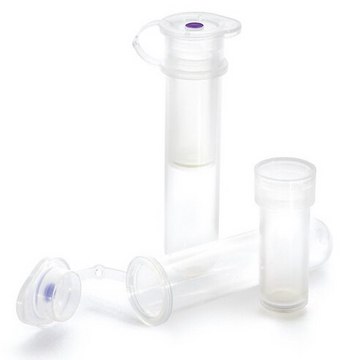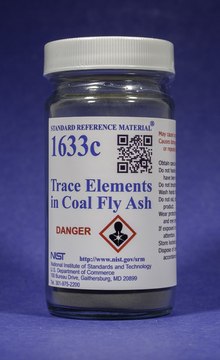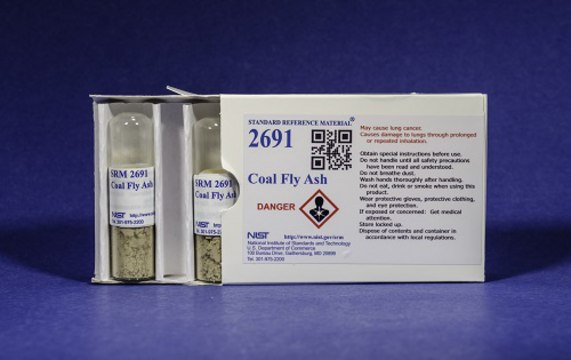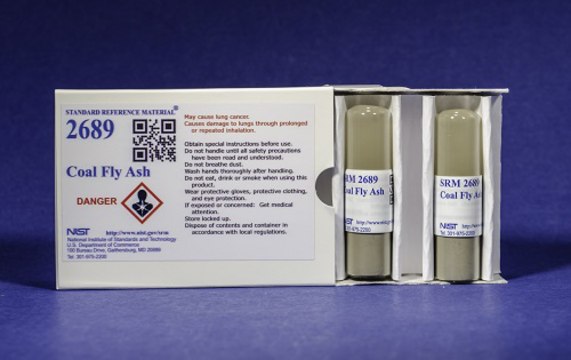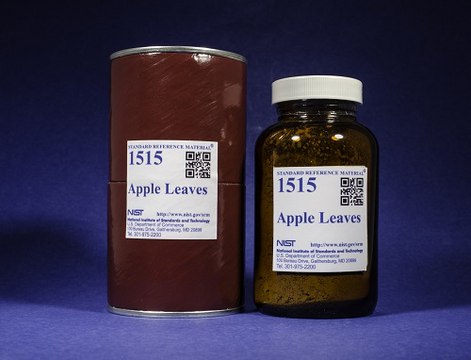UFC30GV0S
Ultrafree® Centrifugal Filter, 0.5 mL Sample Volume
pore size 0.22 μm, PVDF membrane (hydrophilic)
Synonym(s):
Centrifuge filter
About This Item
Recommended Products
material
PVDF membrane (hydrophilic)
polypropylene
sterility
sterile
feature
holdup volume 5 μL
packaging
pkg of 50 ea
manufacturer/tradename
Ultrafree®
parameter
0.5 mL sample volume
50 °C max. temp.
technique(s)
protein extraction: suitable
protein purification: suitable
L
45 mm
diam.
10.6 mm
filtration area
0.2 cm2
Related Categories
1 of 4
This Item | SCC506 | SCC502 | SCC507 |
|---|---|---|---|
| growth mode N/A | growth mode N/A | growth mode N/A | growth mode N/A |
| biological source human | biological source human | biological source human | biological source human |
| storage temp. −70°C | storage temp. −70°C | storage temp. −70°C | storage temp. −70°C |
| shipped in ambient | shipped in ambient | shipped in ambient | shipped in ambient |
| manufacturer/tradename Sigma-Aldrich | manufacturer/tradename Sigma-Aldrich | manufacturer/tradename Sigma-Aldrich | manufacturer/tradename Sigma-Aldrich |
General description
Filter Code: GVPP
Filter Type: Microfiltration
Application
- to filter cell lysates after centrifugation for Label-free mass spectrometry
- for filtering extracted enzymes in the buffer for preparing imaging solution for cellular direct stochastic optical reconstruction microscopy (dSTORM) and DNA-based point accumulation for imaging in nanoscale topography (DNA-PAINT) imaging
- to purify viral solution during transfection studies
- to filter heart tissue homogenates for preparation of the sample for high-pressure liquid chromatography (HPLC) analysis
Features and Benefits
- Used for removal of particles and precipitates from aqueous and some solvent-based samples
- Ideal for use with protein and nucleic acid solutions
- Used for removal of particles and precipitates from aqueous and some solvent-based samples
- Ideal for use with protein and nucleic acid solutions
Physical form
Legal Information
Certificates of Analysis (COA)
Search for Certificates of Analysis (COA) by entering the products Lot/Batch Number. Lot and Batch Numbers can be found on a product’s label following the words ‘Lot’ or ‘Batch’.
Already Own This Product?
Find documentation for the products that you have recently purchased in the Document Library.
Protocols
Affinity interaction chromatography is an effective method for protein purification that can achieve up to 95% purity in one step
Our team of scientists has experience in all areas of research including Life Science, Material Science, Chemical Synthesis, Chromatography, Analytical and many others.
Contact Technical Service